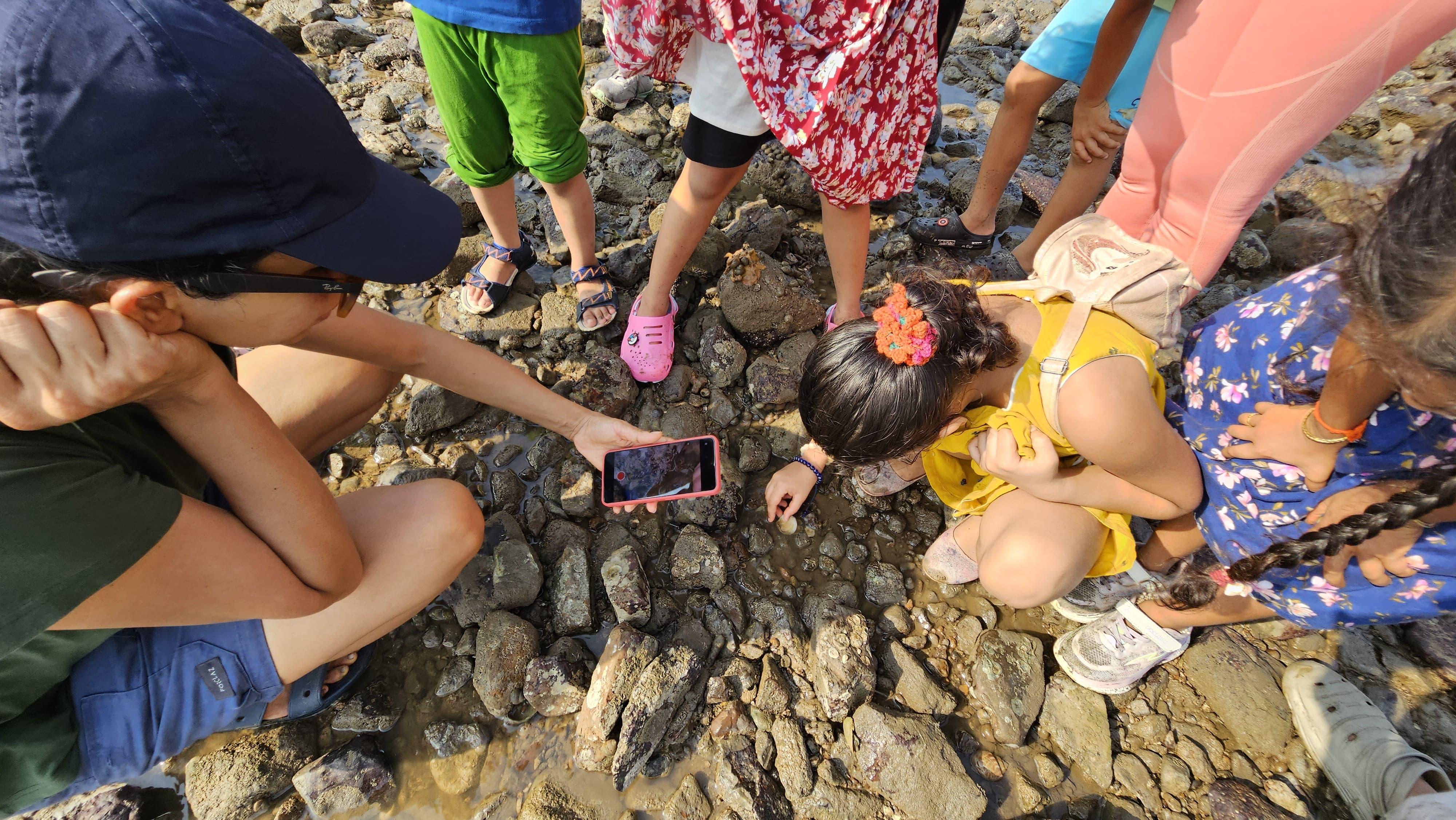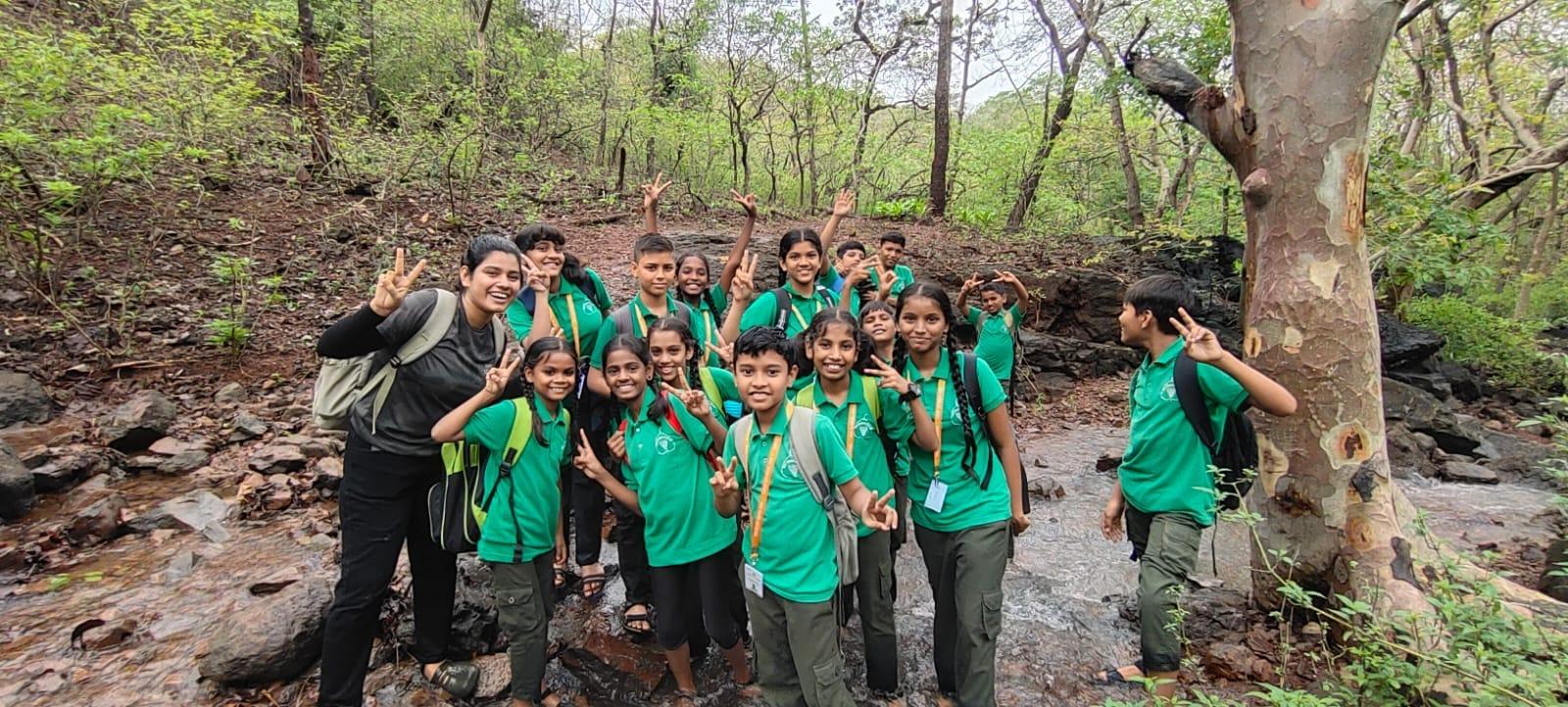
Step into the enchanting world of Nandini Dubey, a passionate zoologist and nature educator, as she shares her insights on fostering a love for wildlife and the natural world among children. Through engaging hands-on experiences and captivating storytelling, Nandini ignites curiosity and wonder, guiding young minds on a journey of discovery and conservation. Join us as we explore the transformative power of nature in shaping the hearts and minds of the next generation.
Table of contents [Show]
-
What inspired you to pursue a career in zoology and nature education, particularly focusing on children?
- How do you incorporate hands-on learning experiences into your educational programs to engage children with the natural world?
-
In what ways do you believe exposure to nature positively impacts children's development and well-being?
- Can you share a memorable experience where you witnessed a child's profound connection with an animal or natural environment during one of your programs?
- What are some common misconceptions parents have about introducing their children to wildlife and nature, and how do you address them?
- How do you adapt your teaching approach to cater to children with different learning styles and levels of prior knowledge about animals and ecosystems? {
{
What inspired you to pursue a career in zoology and nature education, particularly focusing on children?
I've always been fascinated by nature and animals, and I love sharing what I know with others. Whether it's explaining things to my friends or exploring the outdoors, I find joy in teaching and learning about the world around us. When I realized how important it is to educate people about wildlife conservation, especially kids who are the future, as the future is totally in their hands, I knew this was the path for me. I believe that by teaching children to love and respect nature, we're also teaching them to protect it.
How do you incorporate hands-on learning experiences into your educational programs to engage children with the natural world?
I love making learning about nature fun and interactive! I take the kids on nature trails and forest walks. During these experiences, children not only get to explore the outdoors but also learn to identify various plants and animals, simply discovering all sorts of creatures, from little spiders to chirpy birds. 🐣 They learn to see the beauty and importance of each tiny creature, like how even a worm plays a big role in our ecosystem. It's like a magical adventure where every step brings a new discovery.
In what ways do you believe exposure to nature positively impacts children's development and well-being?
Exposure to nature has numerous positive effects on children's development and well-being. It fosters a sense of wonder and curiosity, sparking their imagination and creativity. Spending time outdoors encourages physical activity, thereby helping to promote healthy habits and reduce stress. Nature also provides a rich learning environment, offering opportunities for exploration and discovery that stimulate cognitive development. Additionally, connecting with the natural world cultivates empathy and compassion towards other living beings, instilling a sense of responsibility for the environment. Overall, nature exposure nurtures holistic development, nurturing not just their bodies but also their minds and spirits.

I still remember during one of my butterfly walks in the forest, a cute little girl who was a little shy and reserved was initially hesitant to interact with me while I was asking about the butterfly's life cycle. But as we walked through a garden, a butterfly fluttered by and landed on a nearby flower to drink nectar. The little girl's eyes lit up with excitement, and she slowly approached the butterfly by stretching her hands towards it. Guess what? The butterfly gently landed on her finger, as if it trusted her. All of us were amazed and her face beamed with happiness, and she giggled. It was a magical moment where she felt a special connection with nature, showing her that she could be friends with even the tiniest creatures.
What are some common misconceptions parents have about introducing their children to wildlife and nature, and how do you address them?
One common misunderstanding parents have is that nature might be too scary or unpredictable for their kids, especially when it comes to encountering wildlife or tiny little bugs. To help with this worry, I talk about the importance of keeping an eye on kids and teaching them how to be safe in the wild. Another common misconception is that parents think that you can only find nature far away from cities, where they live. But I show them that there's lots of nature right in their own neighbourhoods, like parks, gardens, or our beaches. I encourage them to explore these local spots with their kids, so they can discover nature without having to travel far. Lastly, some parents worry that spending time in nature might take away from their kids' schoolwork or other activities. I explain how being outside can actually help kids learn and grow in different ways, like making them more creative and better at solving problems. So, it's not just fun; it's also good for their brains!

How do you adapt your teaching approach to cater to children with different learning styles and levels of prior knowledge about animals and ecosystems?
I use different ways to teach based on how kids learn best. For those who like to see things, I incorporate visual aids like pictures or videos. For kids who like to listen, I talk and explain things in the form of stories. Organizing hands-on activities like nature walks, role-playing, and interactive games to allow them to learn with fun. I also make sure to talk to each kid in a way that makes sense for them, depending on what they already know and how old they are. This way, everyone can learn in their own way and feel included.
In today's digital age, how do you encourage children to spend more time outdoors and develop a deeper appreciation for the natural world?
In today's world where everyone loves screens, I make going outside and exploring nature really fun! We play games, do crafts, and go on treasure hunts in parks or gardens. I show them how amazing nature is by letting them see, touch, and hear everything around them. Sometimes, we also use cool apps or watch fun videos about nature to learn more. By making nature adventures exciting, kids want to spend more time outside and discover all the cool things nature has to offer.

What role do you believe zoos and wildlife sanctuaries play in educating children about conservation and biodiversity?
Zoos and wildlife sanctuaries play a big role in teaching kids about conservation and biodiversity. They're like outdoor classrooms where kids can see animals up close and learn about their habitats and behaviours. By seeing these animals in person, kids develop a connection to them and understand why it's important to protect their homes. Zoos and sanctuaries also teach kids about endangered species and what we can do to help them survive. It's like learning about conservation while having a fun day out with cute and amazing animals.
With Nandini's wisdom in mind, let's sow the seeds of appreciation for nature in the hearts of our children. By nurturing this connection, we not only enrich their lives but also contribute to a brighter, more sustainable future for our planet. Let's embark on this journey with enthusiasm and commitment, knowing that every step we take today shapes the world they inherit tomorrow.






 Guiding and Empowering Parents with fact-checked excellence -
Guiding and Empowering Parents with fact-checked excellence -